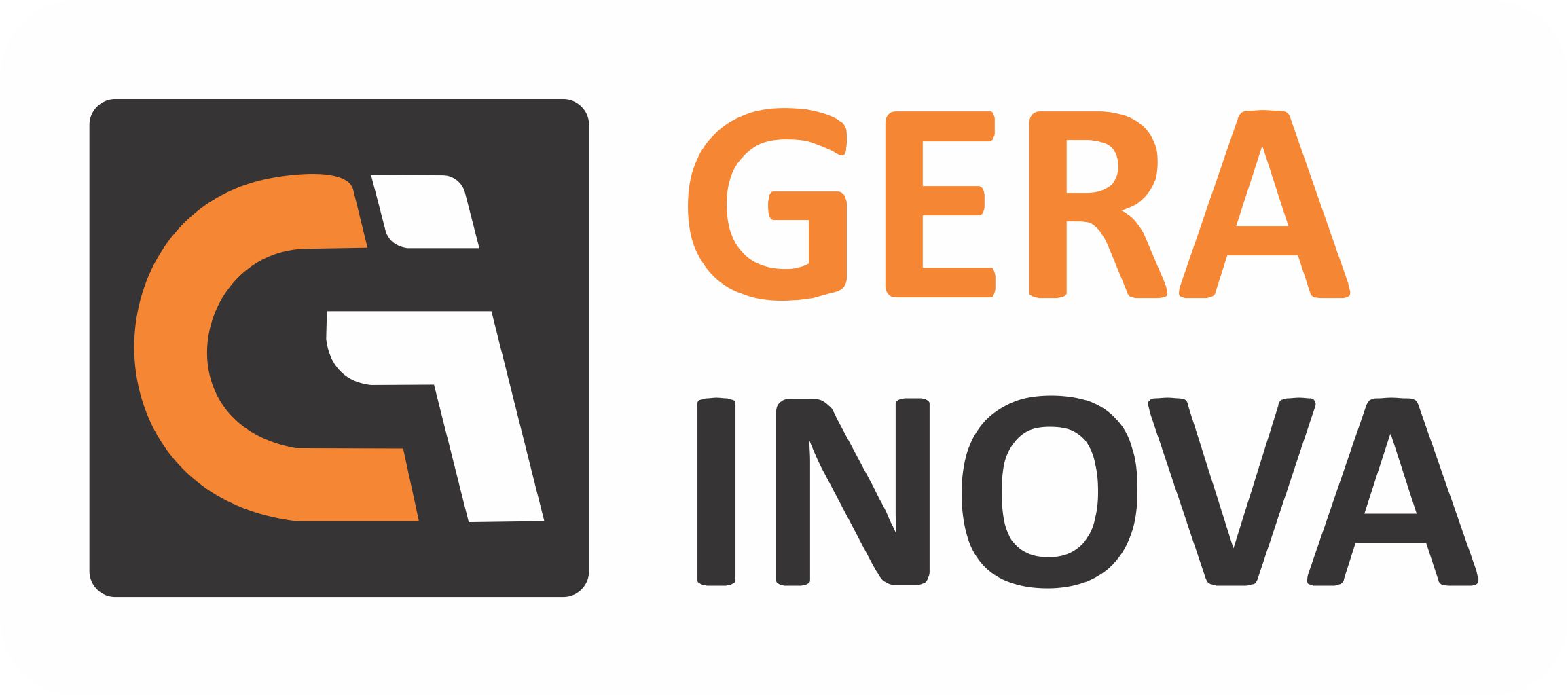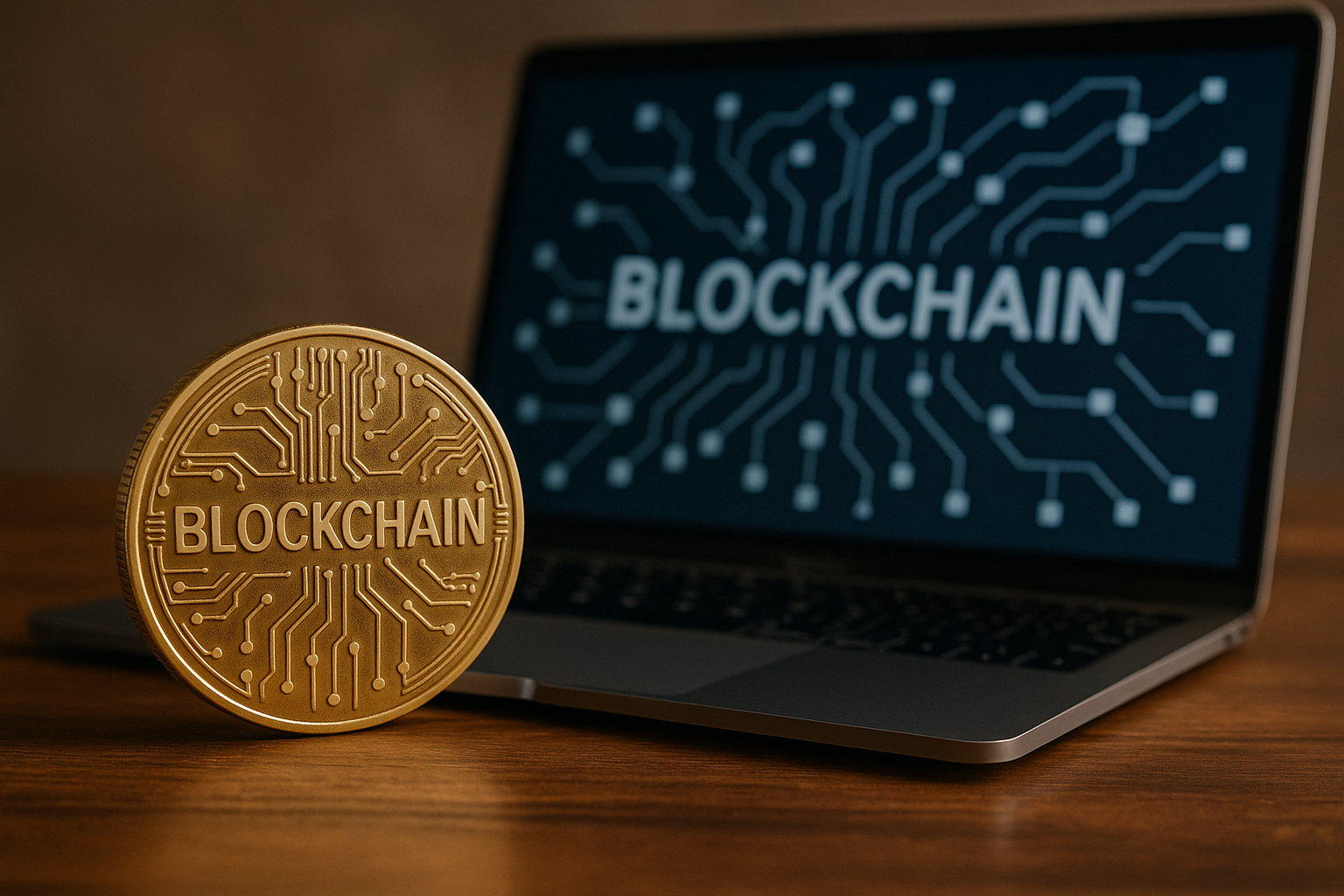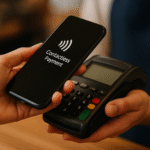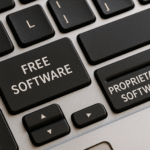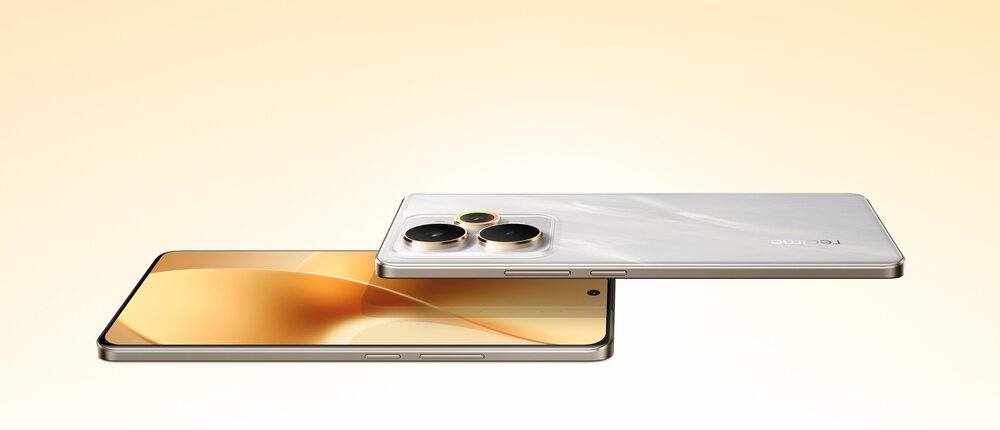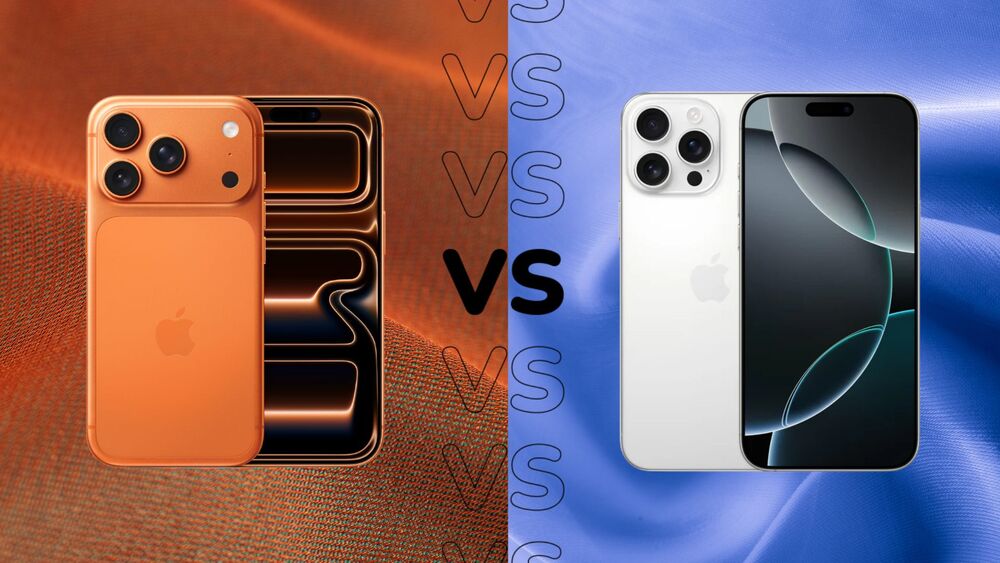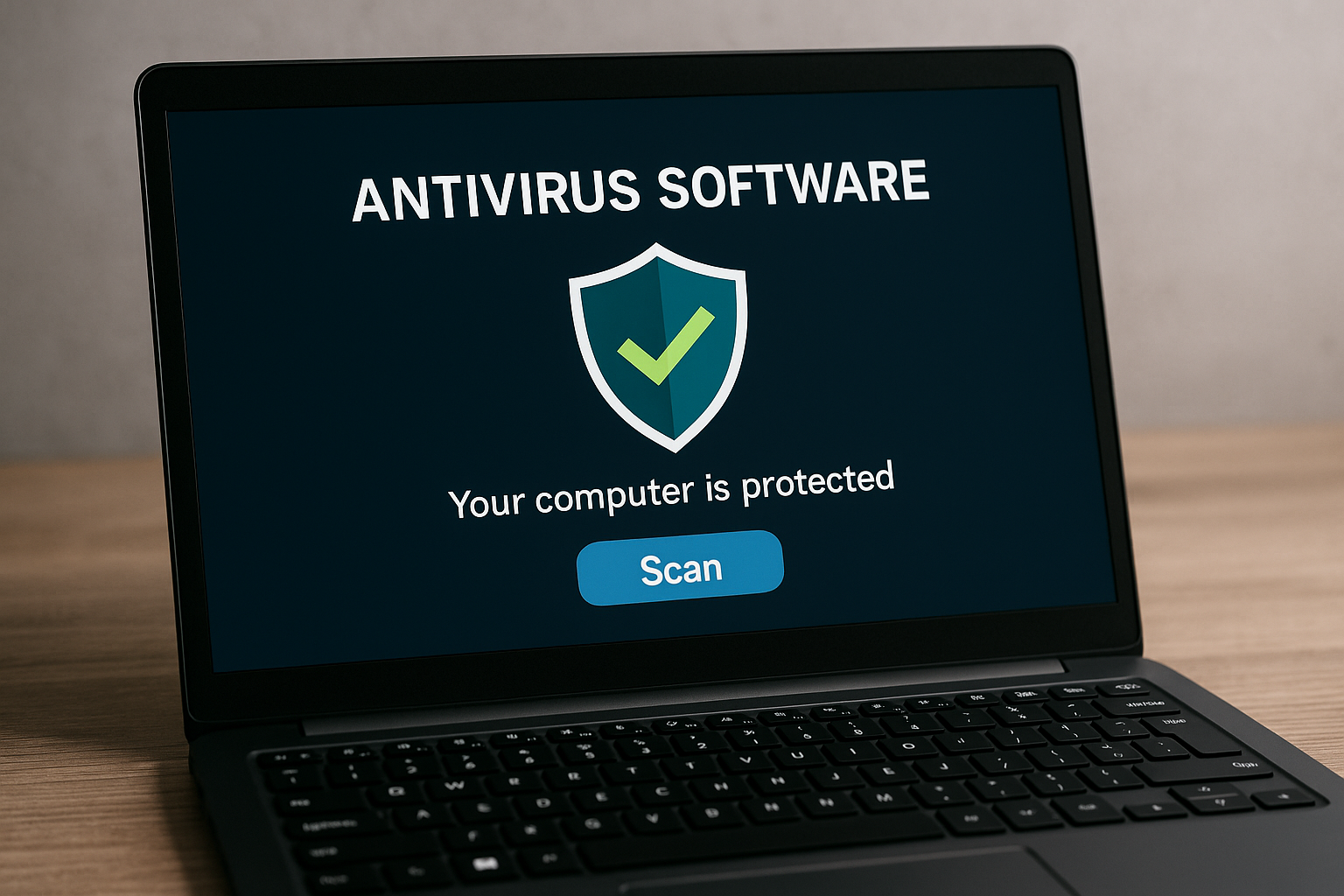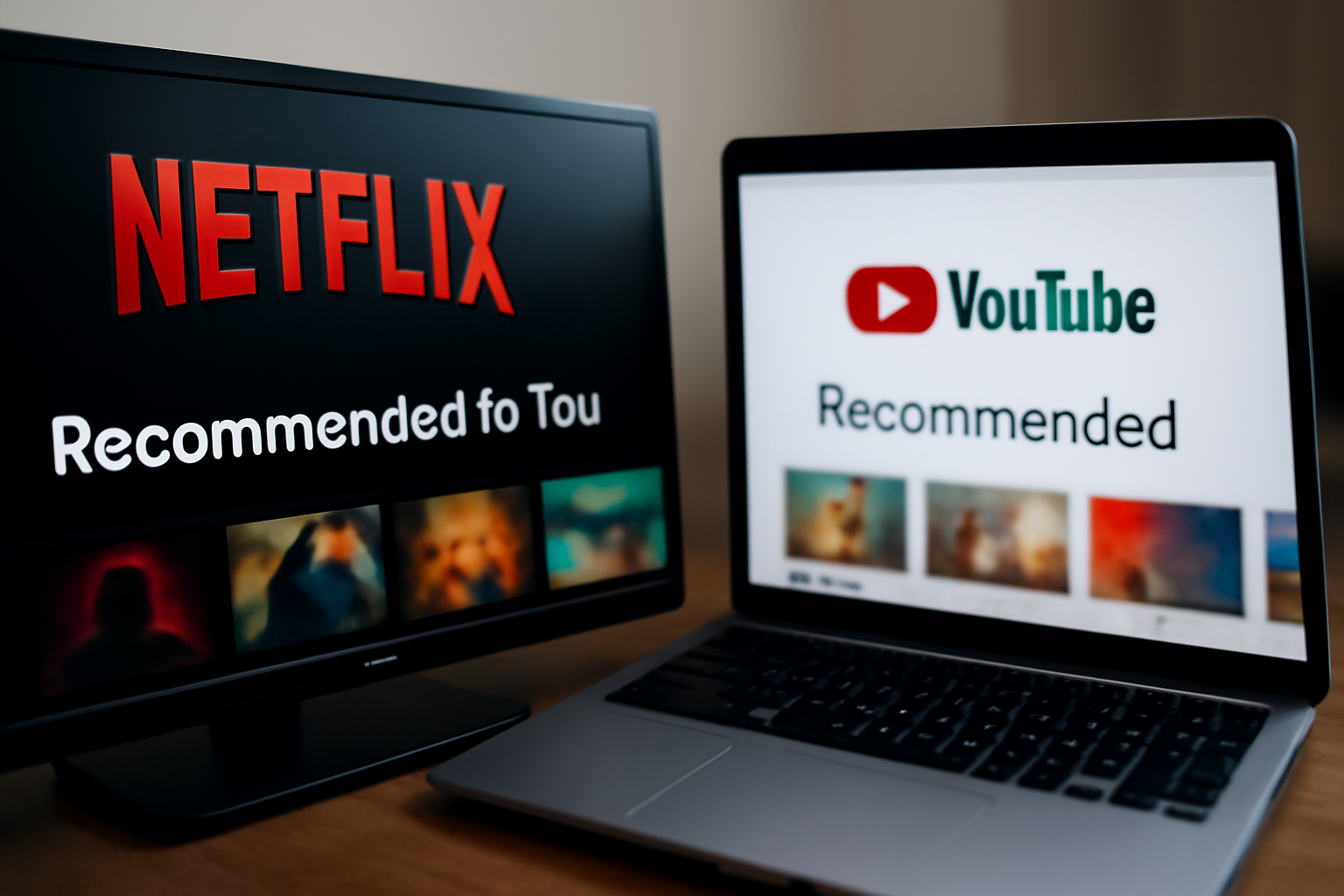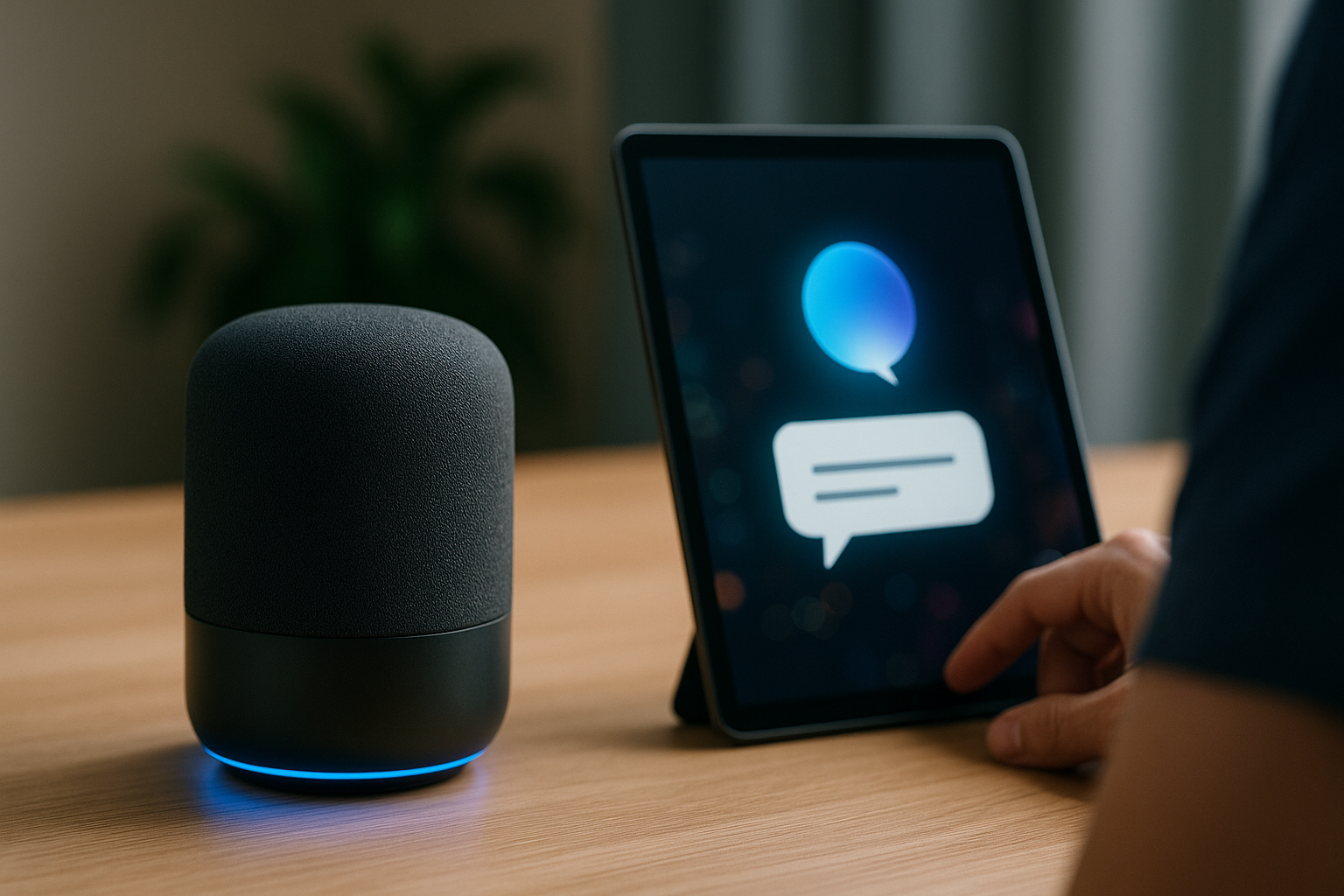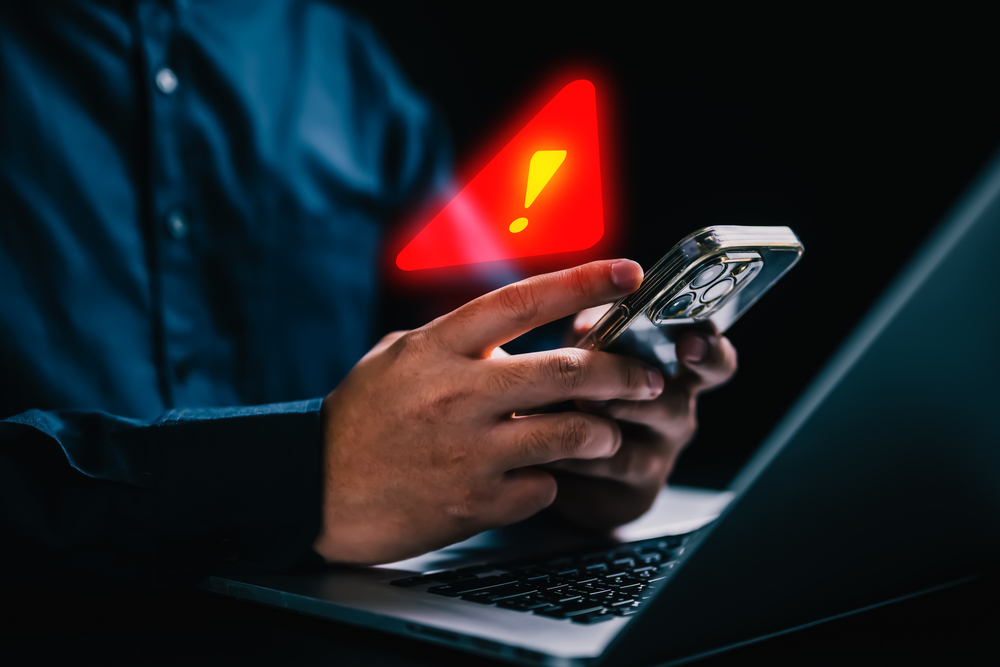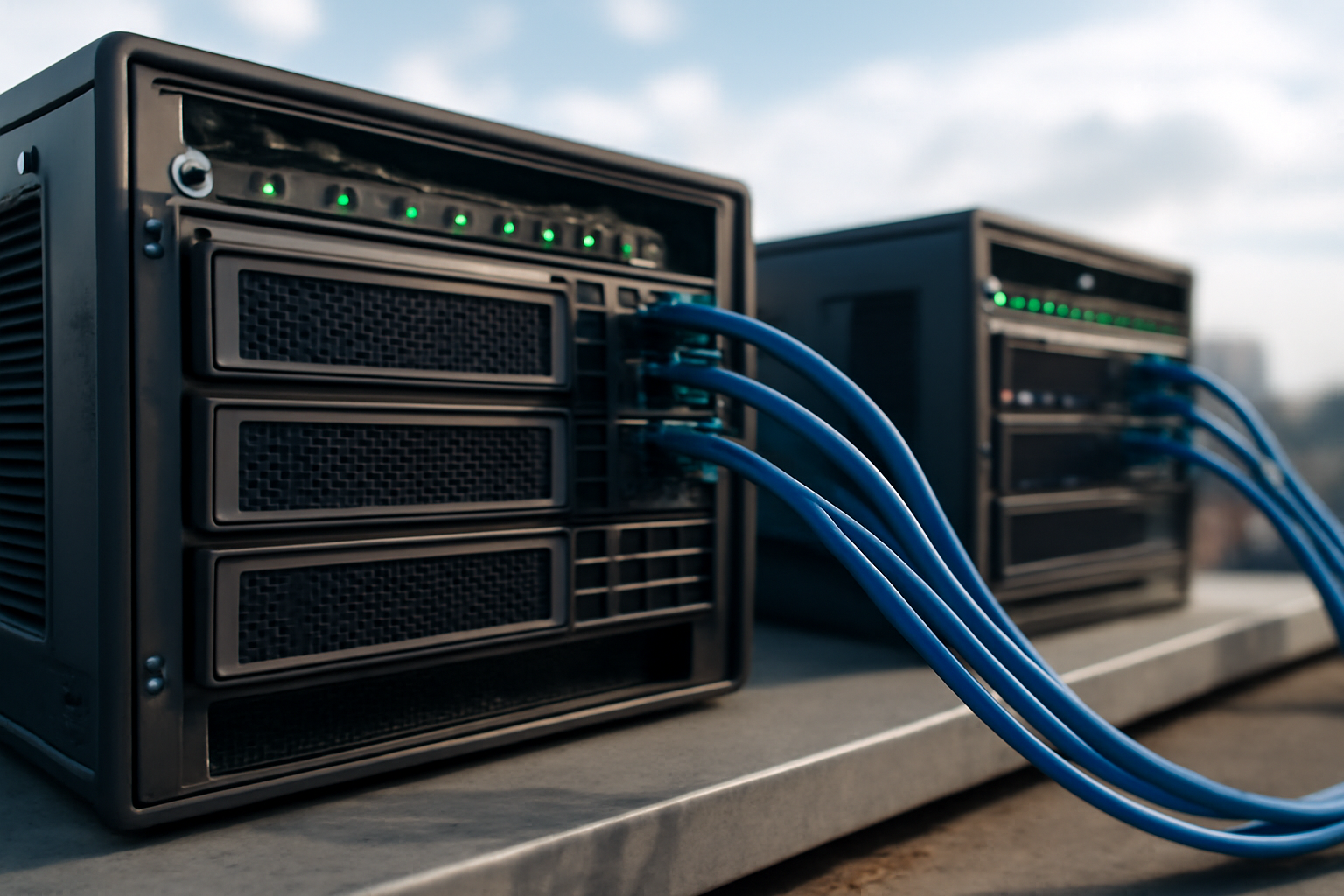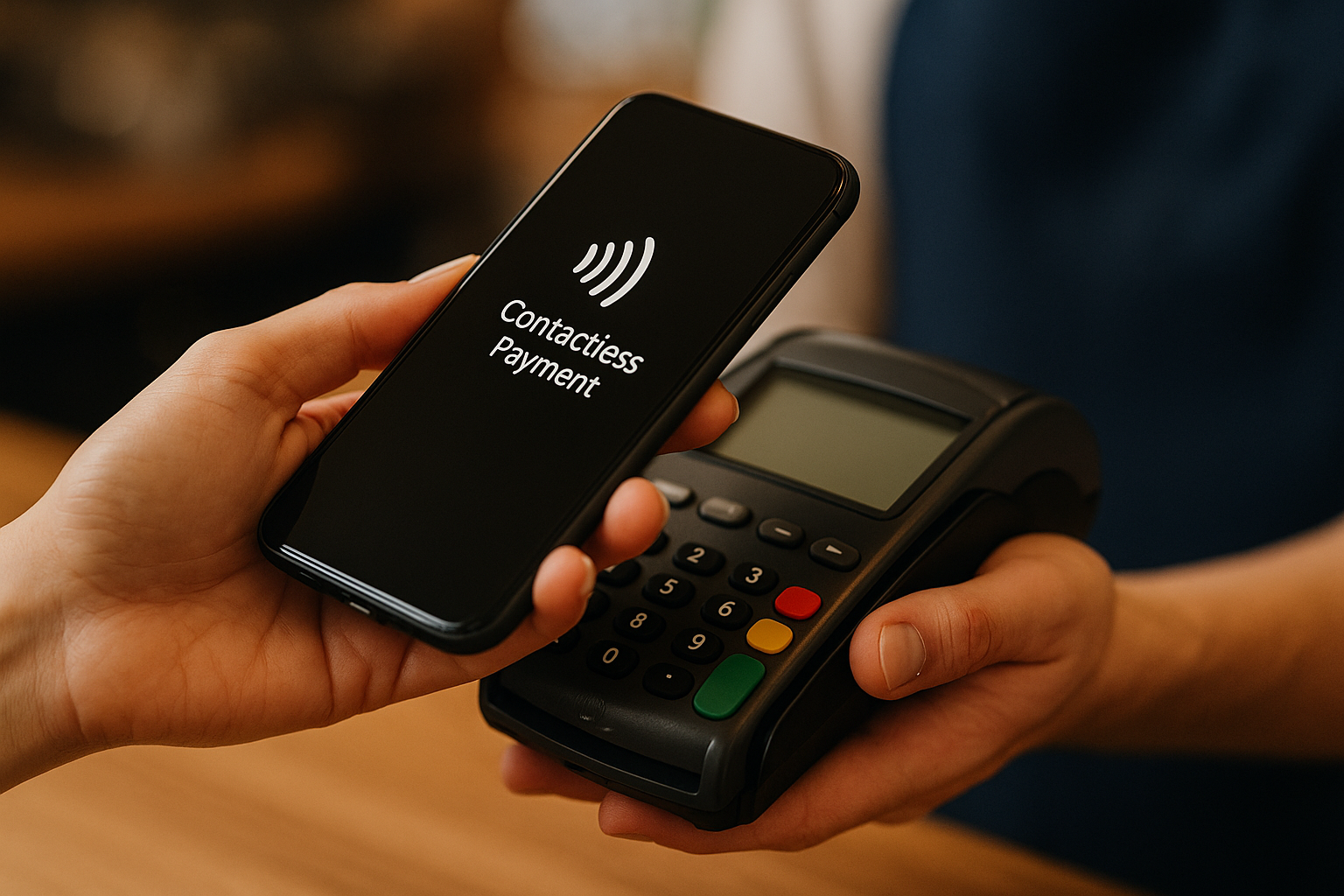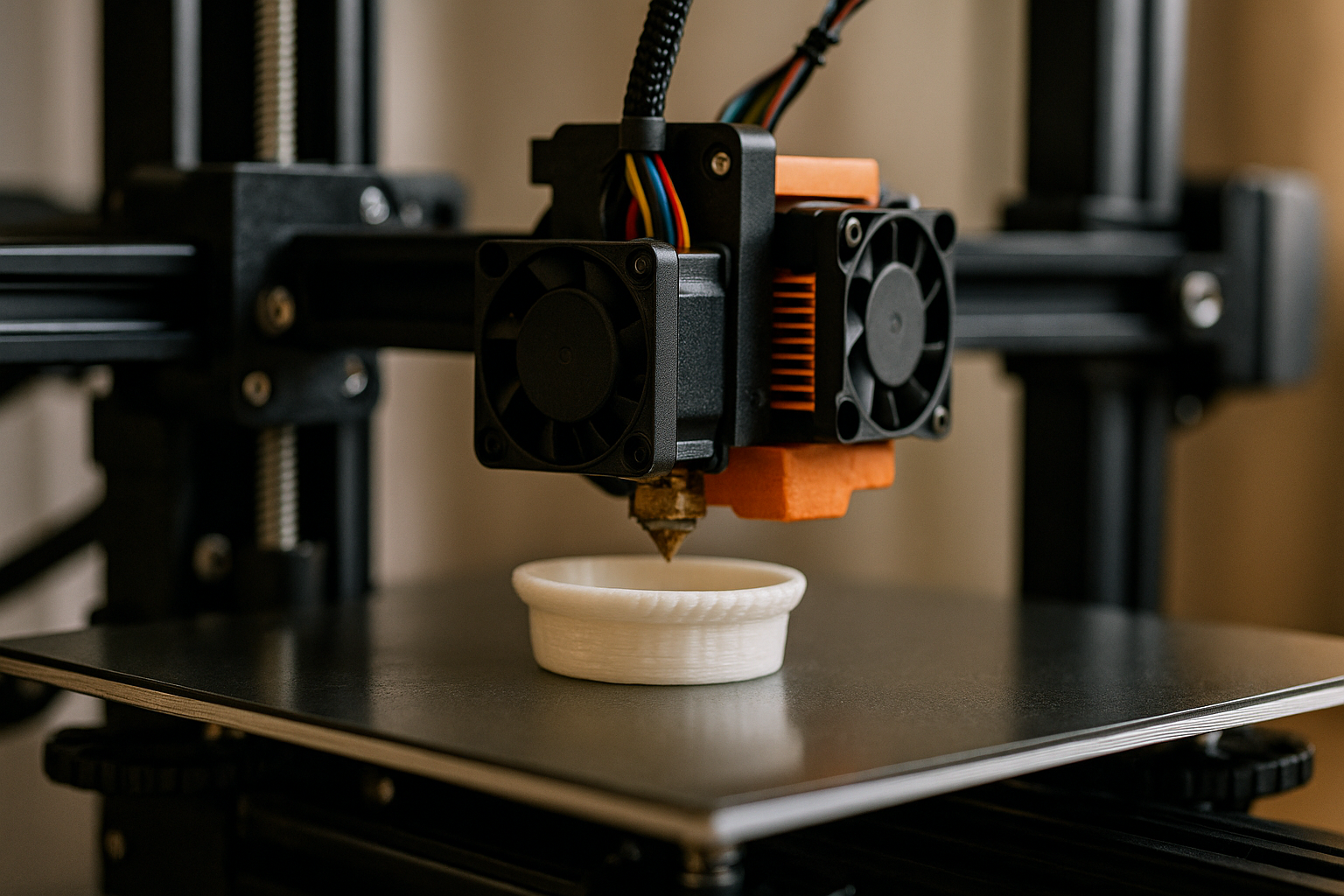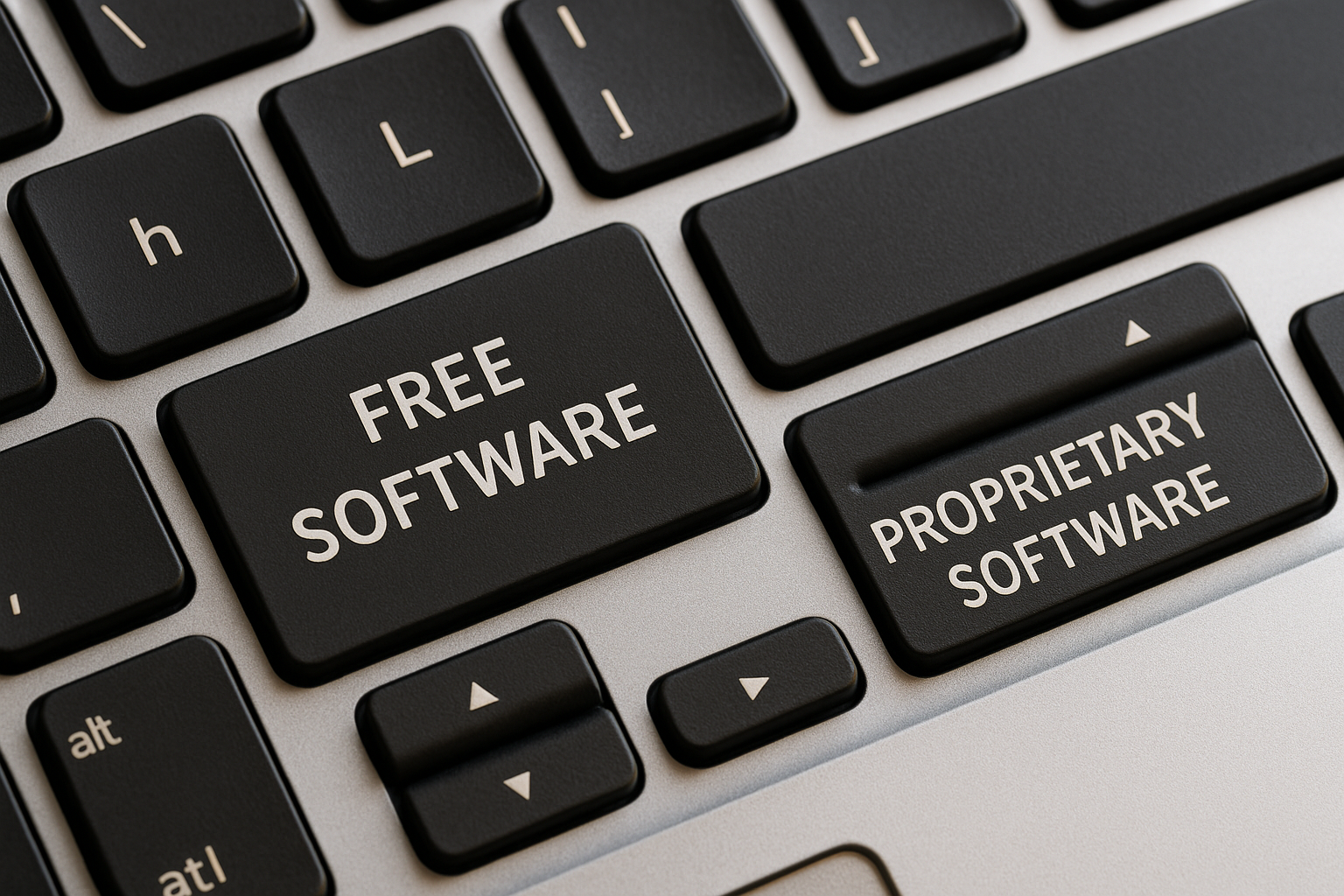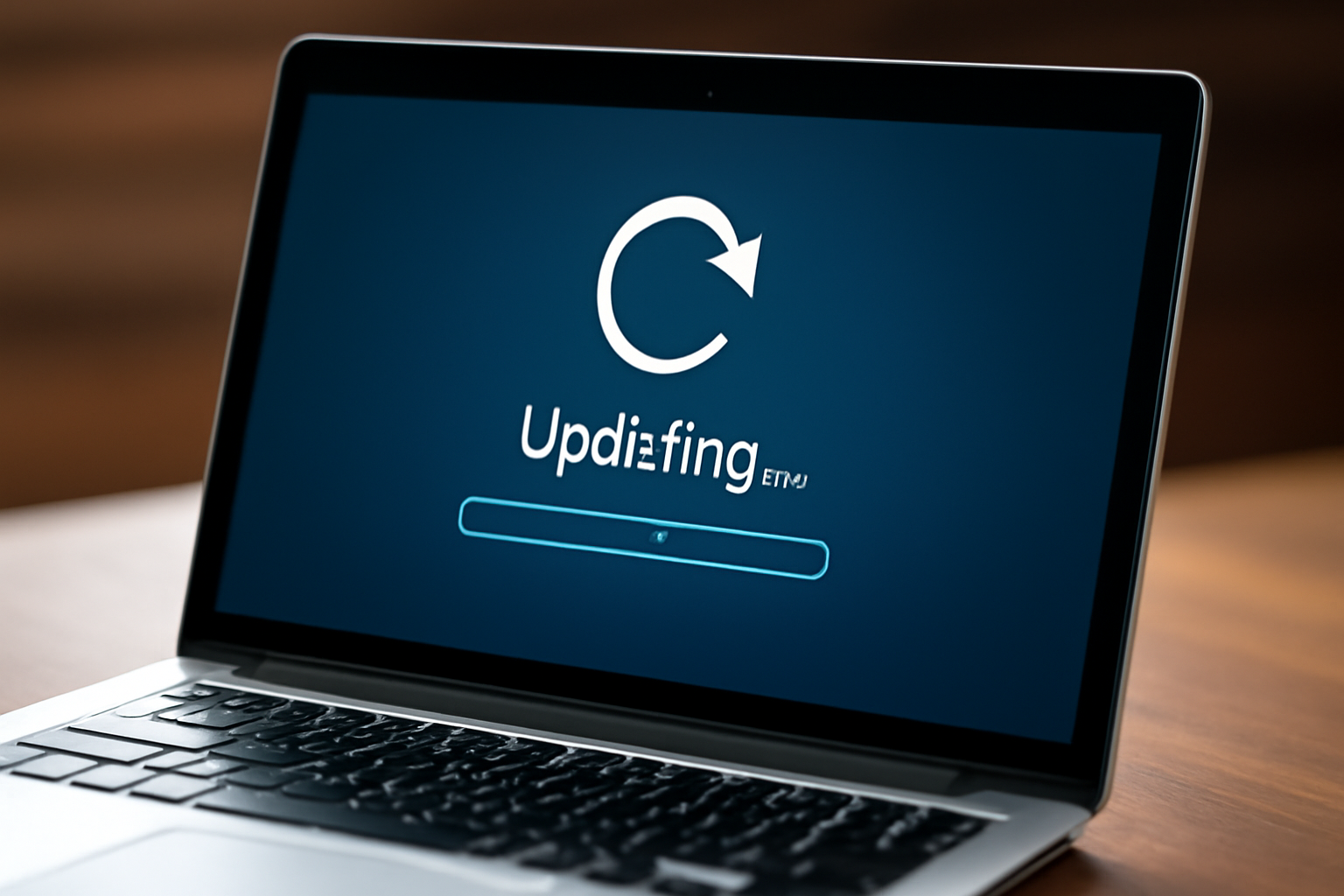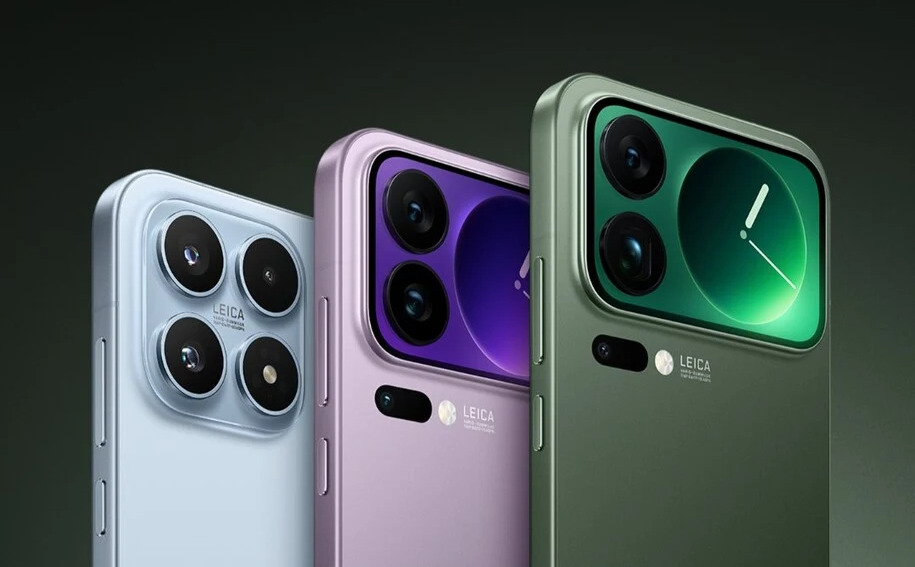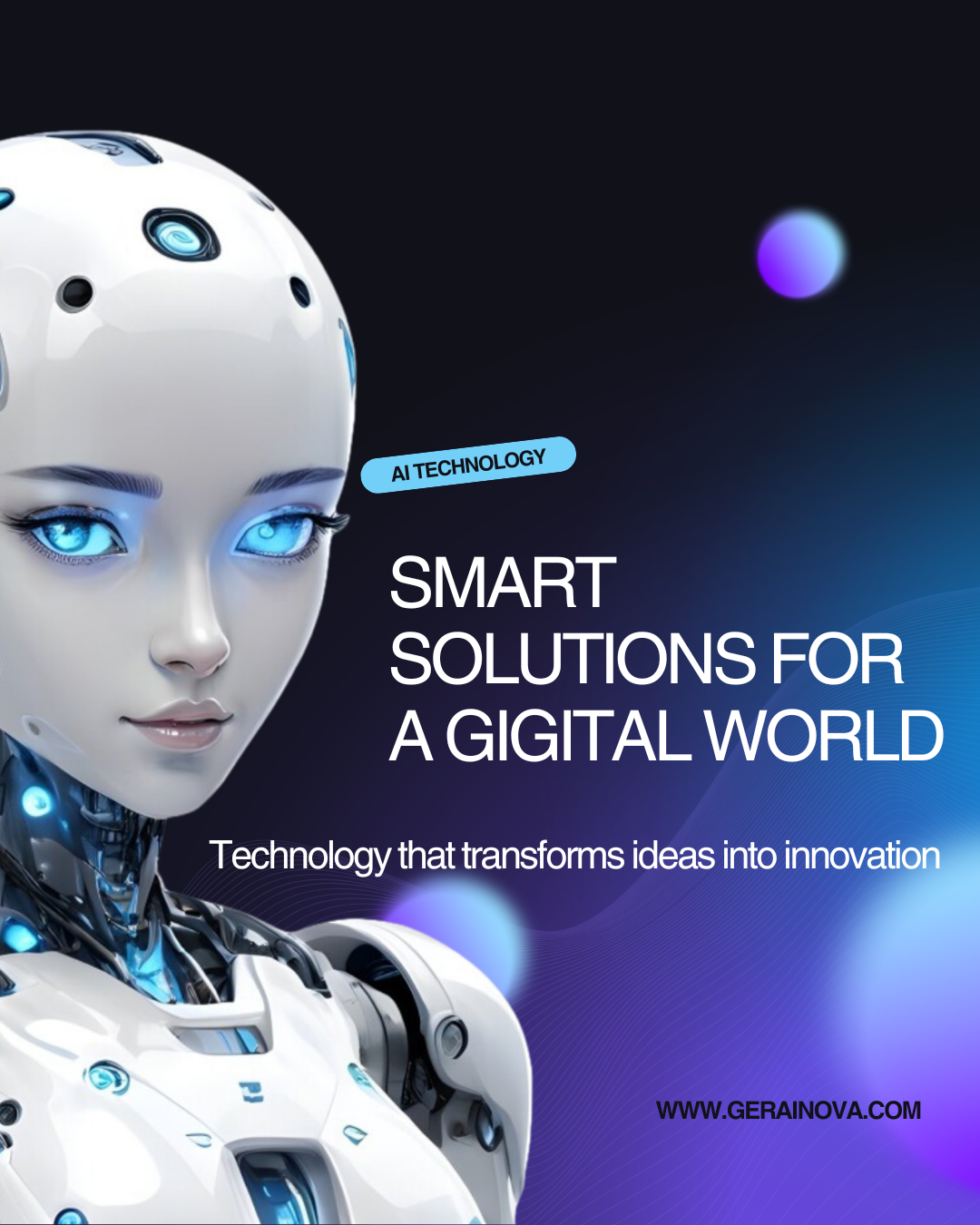Introduction: More Than Just Bitcoin
When most people hear the word “blockchain,” they immediately think of Bitcoin or other cryptocurrencies. While it’s true that blockchain technology is the backbone of these digital currencies, its potential stretches far beyond finance. Blockchain is revolutionizing industries from healthcare to supply chain management, offering new ways to record, store, and share data with unparalleled security and transparency.
In this article, we’ll break down what blockchain really is, how it works, and the many innovative ways it’s being used outside the world of crypto. Whether you’re a tech enthusiast, a curious newcomer, or a professional exploring blockchain solutions, this guide will open your eyes to its true power.
What Is Blockchain?
At its core, blockchain is a decentralized digital ledger. Imagine a book of records that’s not stored in one single location but instead duplicated across thousands of computers around the world. This decentralized nature makes it extremely secure and transparent.
Each “block” in the chain contains:
- A list of transactions or data entries
- A timestamp
- A cryptographic hash of the previous block
This means that each block is permanently linked to the previous one, creating a chain of blocks—hence the name.
Key Features:
- Decentralization: No single authority controls the data.
- Immutability: Once data is recorded, it cannot be altered.
- Transparency: All participants can view the transaction history.
- Security: Advanced encryption techniques make the data tamper-proof.
Blockchain ensures that once a transaction is recorded, it becomes part of a permanent and unalterable history, making fraud and tampering virtually impossible. Its architecture offers a level of security and trust that traditional databases can’t match.
How Does Blockchain Work?
Step-by-Step Process:
- A Transaction Is Requested: This could be anything from transferring digital currency to updating a health record.
- Transaction Is Broadcast: The request is sent to a peer-to-peer network of computers (nodes).
- Validation: The network validates the transaction using consensus algorithms.
- Block Creation: Once verified, the transaction is grouped with others into a new block.
- Block Added to Chain: The block is added to the existing blockchain, becoming a permanent record.
- Transaction Complete: The data is now visible to all users with access to the blockchain.
Distributed Consensus Mechanisms
The integrity of blockchain is maintained through consensus algorithms. These are protocols that ensure all nodes agree on the validity of a transaction before adding it to the ledger.
- Proof of Work (PoW): Miners solve complex puzzles to validate transactions.
- Proof of Stake (PoS): Validators are chosen based on the number of coins they hold and are willing to “stake.”
- Delegated Proof of Stake (DPoS): Users vote for a few trusted delegates who validate transactions on their behalf.
Each method has its strengths and trade-offs, particularly regarding speed, scalability, and energy consumption.
Cryptocurrencies: The First Use Case
Blockchain gained global attention through its use in cryptocurrencies like Bitcoin and Ethereum. These digital currencies rely on blockchain to verify transactions and maintain trust without needing a central bank.
Benefits for Crypto:
- No intermediaries
- Low transaction fees
- Global accessibility
- Resistance to fraud
The decentralized nature of blockchain ensures that no single party can manipulate the system. Transactions are recorded in real-time and permanently stored, providing transparency and accountability.
Real-World Applications Beyond Crypto
1. Supply Chain Management
Blockchain provides real-time tracking of goods from production to delivery. Each step can be recorded on the blockchain, offering transparency and accountability.
Example: Walmart uses blockchain to trace the origin of food products, reducing the time to track contamination sources from days to seconds.
2. Healthcare
Patient records can be stored securely on a blockchain, ensuring privacy and enabling easy access for authorized medical professionals.
Example: A patient’s medical history stored on a blockchain can be instantly accessed by a doctor during emergencies, improving care and saving lives.
3. Voting Systems
Blockchain can eliminate fraud and increase voter turnout by allowing secure digital voting from any device.
Example: Some regions in the U.S. have piloted blockchain voting for overseas military personnel.
4. Real Estate
Blockchain simplifies property transactions by eliminating paperwork, speeding up processes, and ensuring transparency.
Example: Smart contracts can transfer property ownership instantly once conditions are met.
5. Intellectual Property
Artists, writers, and inventors can protect their creations by registering them on a blockchain.
Example: A songwriter can timestamp a song on the blockchain, proving authorship and copyright.
6. Education and Certification
Degrees and certificates can be issued and verified through blockchain, eliminating fake credentials.
Example: MIT issues digital diplomas on a blockchain, allowing employers to verify authenticity easily.
7. Food Safety
Blockchain technology is helping to enhance food safety by making supply chains more transparent. Consumers and retailers can verify the origin and handling of food products, improving trust and reducing foodborne illness outbreaks.
8. Charitable Donations
Donors can track how their money is used by charities, ensuring funds go where intended. This transparency encourages more giving and builds public trust.
9. Legal Industry
Smart contracts and blockchain-based documentation are transforming legal processes. Securely storing wills, agreements, and case files can prevent fraud and speed up resolutions.
10. Energy Management
Blockchain is used to create decentralized energy grids where users can trade energy directly with one another. It supports the growth of renewable energy and democratizes access to power.
Smart Contracts: Automation on the Blockchain
Smart contracts are self-executing agreements with terms directly written into code. They automatically enforce and execute actions when conditions are met.
Key Advantages:
- Speed: Transactions are instant once criteria are fulfilled.
- Accuracy: No human error in executing terms.
- Cost-Efficiency: Reduces need for intermediaries.
- Trust: Rules are transparent and cannot be altered.
Example: In an insurance claim, a smart contract could automatically pay out once weather data confirms storm damage.
Smart contracts are not limited to finance—they’re revolutionizing industries from real estate to supply chains, offering trustless automation in a variety of scenarios.
Public vs. Private Blockchains
- Public Blockchains: Open to anyone (e.g., Bitcoin, Ethereum). Decentralized and transparent but slower.
- Private Blockchains: Access is restricted. Used by companies for internal processes. Faster and more secure but less transparent.
Hybrid Models
Some platforms use a mix of both, offering the benefits of decentralization and control.
Hybrid blockchains allow businesses to maintain privacy for sensitive operations while benefiting from public blockchain features like immutability and transparency for public-facing processes.
Challenges and Limitations
Scalability
Blockchain networks can be slow due to the need for consensus. Solutions like Layer 2 protocols and sharding are being developed to address this.
Energy Consumption
Proof-of-work systems, like Bitcoin, consume a lot of electricity. Alternatives like proof-of-stake aim to reduce the environmental impact.
Regulation
Governments are still figuring out how to regulate blockchain applications, especially in finance and data privacy.
User Adoption
For blockchain to be effective, users must understand and trust the technology. This requires education and simplified user interfaces.
Interoperability
One of the ongoing challenges is enabling different blockchain networks to communicate and share information seamlessly.
Data Privacy
Despite its transparency, blockchain must be carefully designed to comply with data privacy laws like GDPR, especially in applications involving personal data.
Future Outlook: Where Is Blockchain Headed?
Integration with IoT
Blockchain can provide secure communication between Internet of Things (IoT) devices, ensuring data integrity.
Example: A smart fridge could reorder groceries and pay using a blockchain wallet.
Decentralized Finance (DeFi)
DeFi platforms use blockchain to offer financial services like loans, savings, and insurance without traditional banks.
Example: Users can earn interest on crypto holdings or take out loans using digital assets as collateral.
Identity Management
Blockchain can offer secure digital IDs, reducing identity theft and streamlining verification processes.
Example: Governments could issue digital passports that are tamper-proof and instantly verifiable.
Data Ownership
Blockchain allows users to control who accesses their data and how it’s used.
Example: Social media platforms could let users monetize their own data instead of giving it away for free.
Interoperability
Future blockchains will likely be able to communicate with each other, enabling seamless data sharing across platforms.
Example: A healthcare blockchain could share data with insurance and pharmaceutical blockchains to streamline operations.
Enhanced Governance
Blockchain enables transparent voting within organizations, allowing members to participate in governance in real time.
Tokenization of Assets
Blockchain makes it possible to tokenize physical and digital assets, enabling fractional ownership and more accessible investment opportunities.
Example: Real estate properties or artwork can be divided into digital shares that people can buy and sell.
Final Thoughts: Beyond the Hype
Blockchain is not a magic solution for every problem, but its potential is vast. From improving supply chains to transforming how we vote, its uses are limited only by our imagination.
The next time someone mentions blockchain, think beyond Bitcoin. Think about a decentralized, transparent, and secure future where information flows freely and trust is built into the very foundation of our digital interactions.
As this technology matures, we can expect it to quietly revolutionize countless aspects of our daily lives. Whether you’re an individual, a startup, or a multinational corporation, the time to explore blockchain is now. It’s not just the future—it’s already here.
